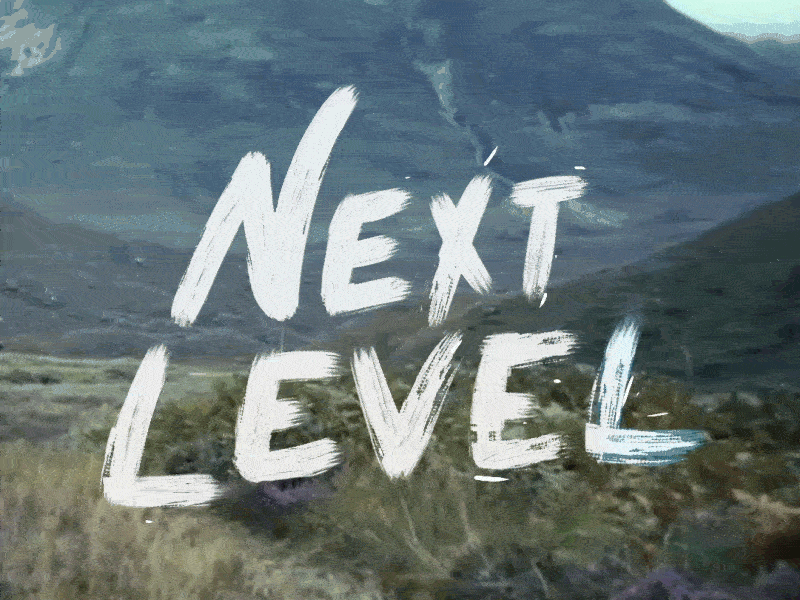I often ask Young Life committee members this question:
“What kinds of kids do you want to reach in your community?”
Their response is swift and unified:
“We want to reach EVERY kind of kid!”
Every Kid? Wow! Then I ask a final question. “Is your community (Committee) prepared to reach Every Kid?” In my mind, I am thinking about groups of kids like the list below.
Suburban Kids?
Kids in the City?
Small Towns?
Deaf Students?
Homeless?
Foster?
Resort Communities?
Incarcerated?
Indigenous?
Around the Globe?
Trafficked?
College Students?
Refugees?
Capernaum?
Junior High?
Teen Moms?
Kids of every race/color?
Hard to fund Communities?
…and more
CORE TRUTH: We all want to reach EVERY kind of kid in our communities and as Young Life matures as an organization, we need to be strategic in recruiting differently than we have in the past to reach the next kid. It seems painfully rare for our adult Committees and mission communities to represent the variety of kids in our town. Many of our Young Life committee members come from similar socio-economic perspectives and backgrounds. Although that is tied to some of the historical success of the YL mission, strategically, we need to broaden the voices leading our local ministry work. Like our ‘tag line says “We are made for this,” but to thrive in this next season we may need to adapt so that “We can be built for this!”
Our ability to reach all kinds of kids is dependent upon our committee’s ability to invite, welcome, and engage local adults from a wider range of backgrounds?
Listed below are four key attributes/contexts that you NEED on your Committee so that your ministry can flourish and continue to be relevant. There are several more, but this is a start. Who do you know in your community who loves Jesus, loves kids and also represents. . .
DIVERSITY: Most YL Committees are underrepresented in race and ethnicity which in turn fails to reflect the communities they serve. Being intentional and teachable as you expand the cultural breadth of your mission community is paramount.
GENDER AND STAGE OF LIFE: Give thought and attention to the makeup of your Committee regarding singleness, gender, and stage in life so that you have a balanced range of perspectives. (M/F, Single, Married, Single Parents, etc)
GENERATONI: At any given time, YL has touch points with five generations in the culture while most of our Committees are represented by one of them. Recruitment tied to generational makeup can inform shifts in priority and stratecgic planning. Remember, Millenials are 40 years old now and parents of students coming to Young Life!
GEOGRAPHY: Oftentimes, ministry growth is lopsided to certain geographies a YL area map. Recruiting strategically from the next community can be the missing piece that fosters traction and ministry Development.
Throughout our mission, God’s Spirit is continually prompting us to widen the circle of those who become fully engaged in our mission to reach kids. It's becoming increasingly clear that bringing together adults from different backgrounds provides the insights, experiences, and motivation we need to reach the wide diversity of kids who live in our community. Widening our committee circle might not seem natural or easy. How do we take this step of faith?
PRAY: Ask God to increase our vision and strengthen our resolve.
THINK: Spend 45 minutes w/ your team to list people you know who fit the descriptions above.
ENGAGE:.“1000 mile journeys begin with a single step.” Start the conversation with those you have prayed and thought about.
PURSUE: Belonging is a product of intentionality and invitation. Foster the culture you want to reflect. This will take time.
Wouldn’t it be amazing if every committee meeting was filled with people who were deeply connected to all the different kids in your community? Sounds a bit like heaven!








